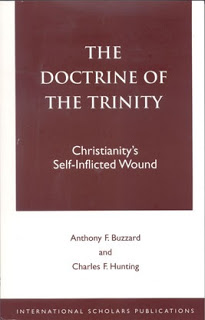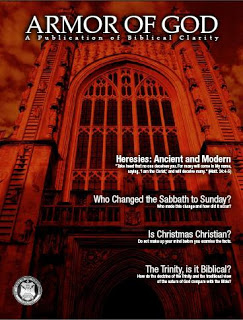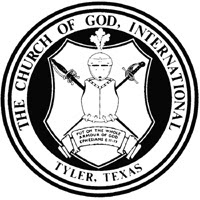 "Just yesterday morning (August 25), after months of prayerful deliberation, the GCI Board met, concluding that we should proceed to implement plans to relocate the Home Office to a yet-to-be-determined location in North Carolina."
"Just yesterday morning (August 25), after months of prayerful deliberation, the GCI Board met, concluding that we should proceed to implement plans to relocate the Home Office to a yet-to-be-determined location in North Carolina."Joe Tkach Jr
So the Tkach sect is uprooting again. Oregon (in early Herbal days), Pasadena, Glendora and now an undisclosed location in North Carolina.
Yet-to-be-determined? I don't believe a word of it. Months of prayerful deliberation? You mean back room plotting?
The question is, why the move?
Of course, Joe has an explanation.
"Southern California has served us well, yet over time the cost of living has reached the point where consideration has to be given to relocating."
Cost of living?
"A major consideration for relocation is that we can cut our overhead (i.e., cost of doing business in California) by $500,000 per year. While this may seem reason enough to move out of California, there are other advantages. Our Glendora church property has significantly increased in value; by relocating, we would access some of that accrued equity to go directly into our mission of the gospel proclamation... Another significant factor to consider in relocation is 65% of our congregations are in the eastern half of the continental US... Our management team has been searching for an area with good quality of life and access to more affordable housing for our employees."
Sounds a lot like the reason the Meredith sect gave for relocating to Charlotte. The old boys wanted a nice lifestyle with a nice climate to see them out. Everything else, one suspects, was justification after the fact. Beneath all the PR bullgeschichte that Joe burbles, it'd put good money on similar factors being in play this time too. Could it be that, in the process, Joe can dump some unwanted baggage and set himself up for an even nicer sinecure of a retirement?
"... more affordable housing for our employees"? Really. How many of these lucky employees will have to stay behind in LA to keep close to family? Tough break. Those who own homes in the area? Did they get a vote? Let's not be silly, this is all about Joe & Co. getting their way and devil take the hindmost.
North Carolina is where Armstrong sects go to wither and die. The Ritenbaugh sect (Church of the Great God, Charlotte), the Meredith sect (LCG, Charlotte). Do you think Joe might have (hush, hush sweet) Charlotte in mind too? The possibilities are intriguing; imagine Wednesday night beer and poker with Joe, Richard and Gerry!
Think back to the name change to GCI. Joey had it all prearranged, then they decided to pull a soft PR stunt and take member suggestions into consideration. How thoughtful and consultative. When the dust settled, they still went with a variant of Joe's first choice. Surprise!
Final thought. PG Joe writes about his Board. He gives cute little bios of the members. The one thing he doesn't explain is how these individuals ended up on the board. Elected were they Joe? Or perhaps they were appointed from on high, the angel Moroni descending with the names inscribed on holy scrolls. No, not so likely. Appointed, yes; from on high, yes. On high being Joe's big boy chair in his soon to be relocated office.
Sounds like a Board accountable not to the church, not to the members, but to... guess who? Was there ever any possibility that voices on that board would be raised in opposition to their lord and master?
Some reformation.










